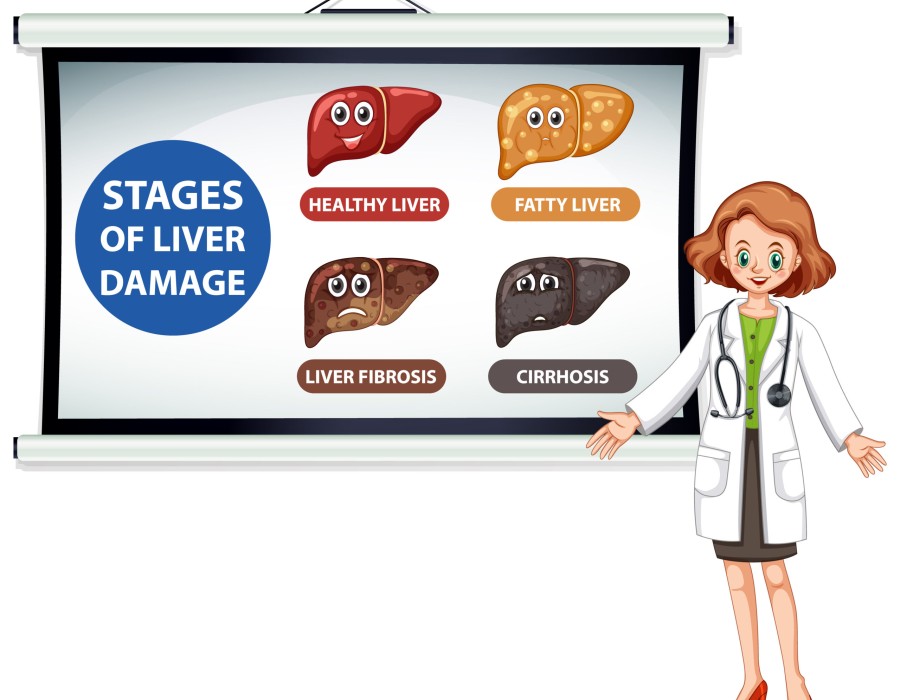Understanding Liver Transplant Success Rates
Over the years, there has been a gradual improvement in the success rates of liver transplantation. This has been attributed to better surgical techniques, improved immunosuppressive treatment regimens, and better postoperative care. Epidemiological studies show that the one-year patient and graft survival rate after liver transplant approaches 90%, although the five-year figures vary between 75% and 80%. These are familiar, given the strides made in organ transplantation over the years.
Still, these rates of success differ among patient populations. Several vital elements, including the type of donor, the condition of the recipient, and the cause of liver failure, influence the success rates of liver transplantations in any individual. Understanding these will help patients and their kin understand the success rates of liver transplantation procedures in their specific cases.
Factors Influencing Liver Transplant Success Rates
- Donor type: Living donor transplants are more productive than deceased organs because waiting times are shorter and the donor is more prepared.
- Recipient Health: Younger, healthier patients are more likely to succeed in liver transplant surgery than older patients or patients with other health problems.
- Underlying Liver Disease: Etiological factors such as liver cirrhosis, hepatitis, and other liver conditions have been shown to affect transplant centre capabilities. The introduction of new antiviral therapies has enhanced the prognosis of hepatitis C patients.
- Immunosuppression Compliance: Taking immunosuppressants in the correct dosage at the right time is critical to the success of transplantations. If the drugs are forgotten, there is a high chance that the transplant will not be successful.
- Post-Transplant Care: Changes in post-transplant care, including rehabilitation techniques, increase the chances of successful transplantation and reduce the risk of complications such as graft rejection.
Liver Transplant Surgery Time
The duration of liver transplantation surgery depends on the case’s complexity and the patient’s condition. Usually, the operation takes 6 to 12 hours; however, some operations may last longer. The operation’s duration also depends on several aspects, including the extent of resection of the pathological liver, the timeframe needed to attach the transplant’s blood vessels and duct into the patient’s organisms, and whether any problems arise intraoperatively.
When performing the surgery, the diseased liver must be entirely removed without damaging the vessels such as the hepatic artery, portal vein, inferior vein, and the veins attached to the new liver. Patient positioning for liver transplant also includes the painstaking process of anastomosing the bile ducts, which is essential for the functionality of the liver after transplant. Other factors that can lead to an increase in the duration of the operation include complications that arise during the procedure, for example, heavy blood loss or problems when placing the transplanted liver.
Common Outcomes And Complications
Even though the overall outcome for the patients receiving liver transplantation surgery is optimistic, certain complications might arise and impact the successful rate of liver transplant as well as the length of the postoperative recovery period. Some of these complications are more common:
- Rejection
The immune system can consider the grafted liver an intruder and try throwing it out. Acute rejection typically happens within a few weeks after surgery and is controlled using immunosuppressive drugs. Chronic rejection can occur over months or years and may need additional treatment, such as enhancement of rejection.
- Infections
Patients who undergo transplant surgeries are more susceptible to infections because of the immunosuppressive drugs that they take. For postoperative care, the transplants should be watched keenly for any indications of a disease, and most of the patients would be given antibiotics or antivirals to prevent any chances of developing an infection.
- Bile Duct Complications
The bile ducts may leak or become blocked after a liver transplant. These issues often require further procedures to correct, including stent placement or additional surgery.
Recurrence of Original Disease
Certain liver conditions like hepatitis C, for instance, may recur in the transplanted liver. Continuous assessment and management are vital in preventing offending syndromes from affecting the new liver.
Quality Of Life Post-Transplant
Liver transplant outcomes can be represented as alleviating the patient’s health. Almost all patients who have received such surgery improve their physical health, have more vigour, and resume normal daily activities. For a vast majority of this patient group, however, the surgical procedure acts as a watershed or a threshold beyond which one can live an everyday life free of the otherwise distressing complications of liver failure.
If managed well, with Compliance with treatment, especially medications and lifestyle adjustments, patients who have undergone liver transplantation can lead everyday lives. Most patients take part in work, engage in sports, and even go on vacations after recovery. This is true, as there is still the possibility of complications. However, the promise of an enhanced state of living makes the option of liver transplant for advanced liver disease very appealing to all patients.
Conclusion
Patients and their families considering this life-changing option should learn about liver transplantation success rates and the determinants associated with it as it proves to be necessary. Although the statistics are optimistic in general, individual results may differ depending on the type of donor, the health status of the recipient, and compliance with care after the surgery. The duration of the liver transplantation surgery is also an essential factor to consider, as it may have an influence on the recovery process as well as the results of surgery after a long time.
With medical science advancing toward the treatment of severe liver diseases, liver transplantation offers a ray of hope for many. These days, transplantation provides the most significant possibility of long-lasting recovery, hope, and optimism for the future. However, the success of every transplant is not solely dependent on medical factors. The active participation of the patient in their care, following instructions from healthcare providers, and taking on the responsibility of minimising risks are crucial.






Comments